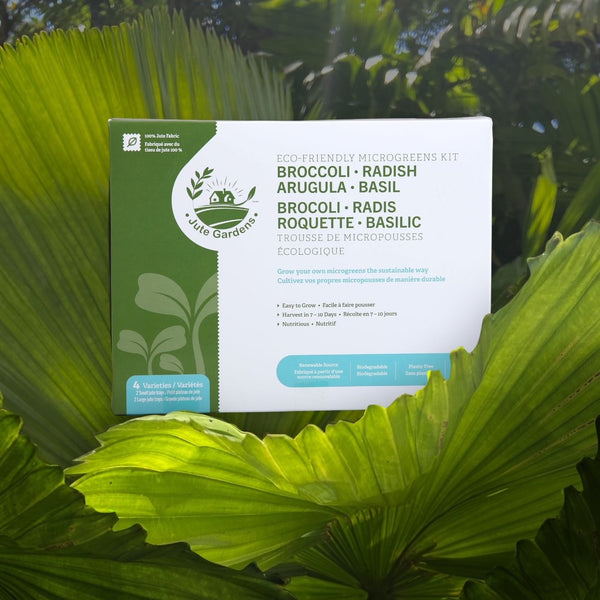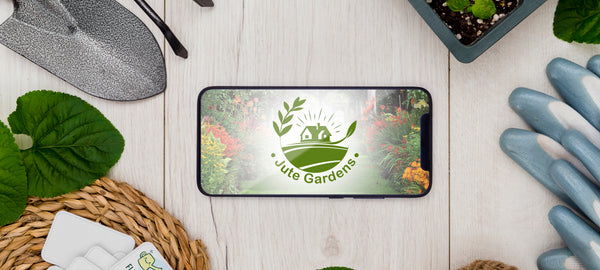
The Science of Microgreens: Nutritional Value and Health Perks
Microgreens, the tiny, vibrant greens that have taken the culinary world by storm, are more than just a garnish on your plate. These miniature plants, harvested just after the first true leaves form, are packed with nutrients and have various health benefits. Let's delve into the fascinating world of microgreens and explore their nutritional value and health perks.
What are Microgreens?
Microgreens are young, edible greens grown from the seeds of various herbs, vegetables, and grains. Unlike sprouts, microgreens are grown in soil or a soil-like medium and harvested at an early growth stage, typically just after the first true leaves (cotyledons) have developed. Examples include micro basil, arugula, radish, and many others.
Nutritional Value of Microgreens
Microgreens are nutrient-dense, meaning they contain a high concentration of vitamins, minerals, and antioxidants compared to their mature counterparts. Here's a look at their nutritional profile:
-
Vitamins
Microgreens are rich in essential vitamins like Vitamin A, C, E, and K. These vitamins play vital roles in eye health, immune function, skin health, and blood clotting.
-
Minerals
Minerals like calcium, magnesium, phosphorus, and iron are found in microgreens. These minerals are crucial for bone health, energy production, and overall metabolic function.
-
Antioxidants
Antioxidants, such as polyphenols found in microgreens, help neutralize harmful free radicals in the body, reducing oxidative stress and potentially lowering the risk of chronic diseases.
-
Fiber
Microgreens provide dietary fiber, aiding in digestion and supporting a healthy gut microbiome.
A scientific study published by the USDA that provides a detailed analysis of the nutritional content of 25 different microgreens. This can give readers a deeper insight into the vitamins, minerals, and antioxidants found in microgreens: USDA - Assessment of Vitamin and Carotenoid Concentrations of Emerging Food Products: Edible Microgreens
Health Perks of Microgreens
The nutrient-rich profile of microgreens translates to several health benefits:
-
Heart Health
Certain microgreens, such as red cabbage and radish, have been found to contain compounds that may reduce heart disease risk factors, such as cholesterol levels.
Heart Health and Diet: The American Heart Association provides information on heart-healthy diets, including the role of nutrients found in microgreens. This link can connect readers to broader information on maintaining heart health through diet: American Heart Association - Healthy Eating
-
Cancer Prevention
Cruciferous microgreens like broccoli and kale contain sulforaphane, a compound that has been shown to have cancer-fighting properties.
-
Diabetes Management
The antioxidants in microgreens may help manage blood sugar levels, providing potential benefits for diabetes control.
-
Weight Management
Low in calories but high in nutrients, microgreens can be a valuable part of a weight management diet, providing essential nutrients without excess calories.
-
Improved Digestion
The fiber content in microgreens promotes healthy digestion and may reduce constipation and other digestive issues.
Growing Your Microgreens
Microgreens can be easily grown at home, offering a fresh and local source of these nutrient-dense plants. Here are the essential steps:
- Choose Your Seeds: Select seeds specifically intended for microgreen cultivation.
- Prepare the Growing Medium: Use a soilless mix or specialized microgreen medium.
- Sow the Seeds: Scatter seeds evenly across the surface.
- Water and Light: Keep the medium moist and provide adequate light.
- Harvest: Cut the microgreens just above the soil line when the first true leaves appear.
Learn how to grow your own microgreens at home with Jute Gardens’ DIY Microgreen Kits. Our step-by-step guide can be found here: Growing Microgreens (jutegardens.com)
Conclusion
Microgreens are more than a trendy culinary delight. The science behind these tiny greens reveals their potent nutritional value, contributing to various health benefits, from heart health to cancer prevention. Easy to grow and delightful to consume, microgreens are an accessible way to enrich your diet.
By incorporating microgreens into daily meals, you embrace a world of flavors, colors, and most importantly, a powerhouse of nutrients. Whether tossed in a salad, sprinkled over a soup, or used as a colorful garnish, microgreens are a testament to the saying, "Good things come in small packages."
Embrace the world of microgreens, and nourish your body with these miniature marvels of nature. Their size may be small, but their impact on health is mighty.
Frequently Asked Questions (FAQ)
Q1: What are microgreens, and how are they different from sprouts?
A1: Microgreens are young, edible greens harvested just after the first true leaves form. Unlike sprouts, microgreens are grown in soil or a soil-like medium and have a more developed structure, including stems and leaves.
Q2: Are microgreens more nutritious than fully-grown plants?
A2: Microgreens are often more nutrient-dense than their mature counterparts, containing higher concentrations of vitamins, minerals, and antioxidants.
Q3: Can I grow microgreens at home?
A3: Yes, growing microgreens at home is quite simple and requires only basic gardening tools, seeds, and a growing medium. They can be grown on windowsills, balconies, or any place with sufficient light.
Q4: How do I use microgreens in my meals?
A4: Microgreens can be used in a variety of dishes, including salads, sandwiches, smoothies, or as a garnish for soups and entrees. Their vibrant colors and unique flavors add a fresh touch to many recipes.
Q5: Are all microgreens safe to eat?
A5: Most microgreens are safe to eat, but it's essential to purchase seeds specifically meant for microgreen cultivation and follow proper growing practices to ensure safety and quality.
Q6: What are the specific health benefits of microgreens?
A6: Microgreens offer numerous health benefits, including supporting heart health, potentially preventing cancer, aiding in diabetes management, promoting weight management, and improving digestion.
Q7: Can microgreens be a part of a weight loss diet?
A7: Yes, microgreens are low in calories but rich in essential nutrients, making them an excellent choice for those looking to manage their weight while maintaining nutritional balance.
Q8: How do I store microgreens after harvesting?
A8: Microgreens can be stored in the refrigerator in an airtight container lined with a damp paper towel. They usually stay fresh for about a week.
Q9: Are microgreens suitable for a vegan or vegetarian diet?
A9: Yes, microgreens are plant-based and can be an essential part of both vegan and vegetarian diets, offering a concentrated source of vital nutrients.
Q10: Where can I find more information on growing and using microgreens?
A10: Many gardening centers, local nurseries, online resources, and the provided external links offer detailed guides and support on growing and utilizing microgreens.

